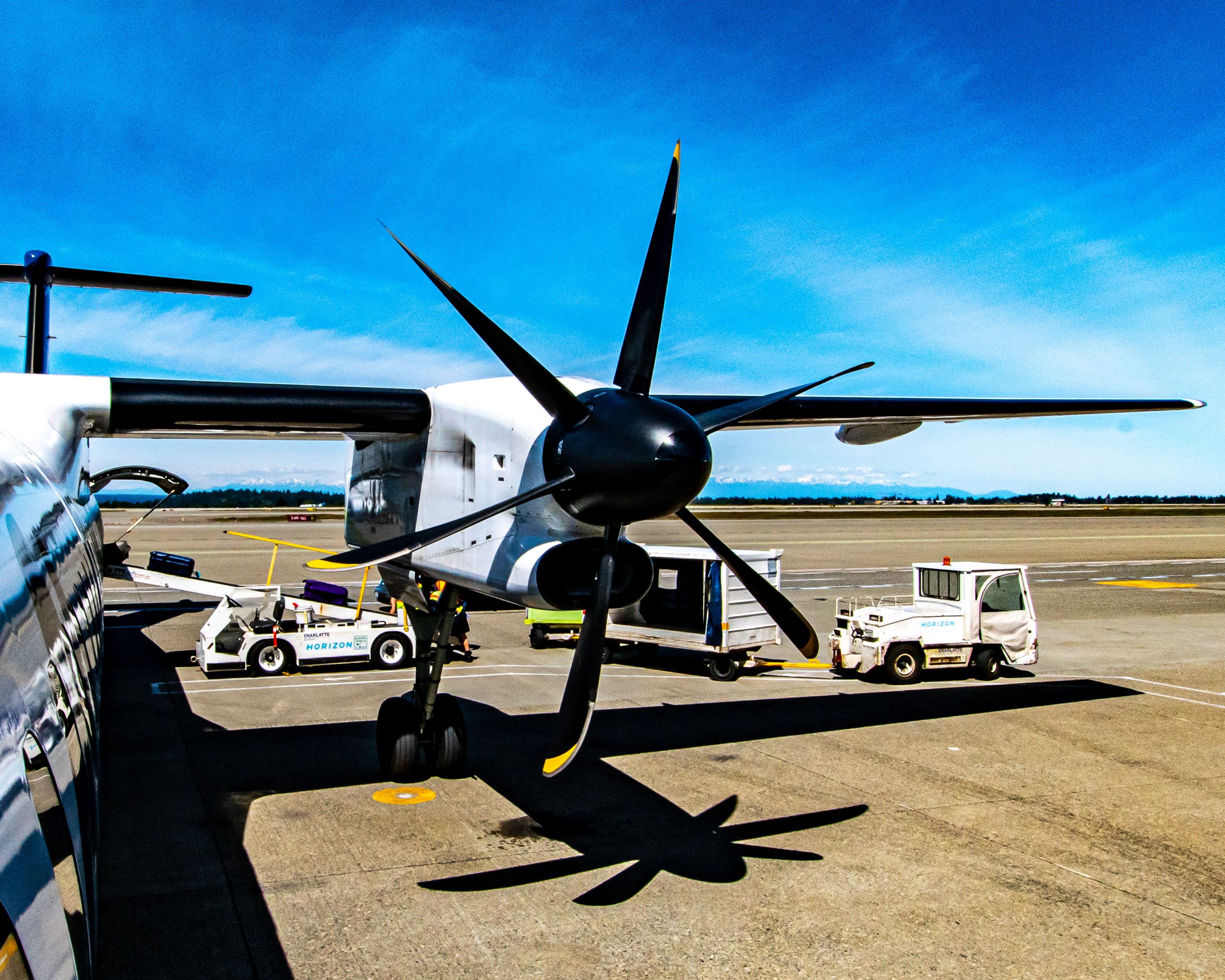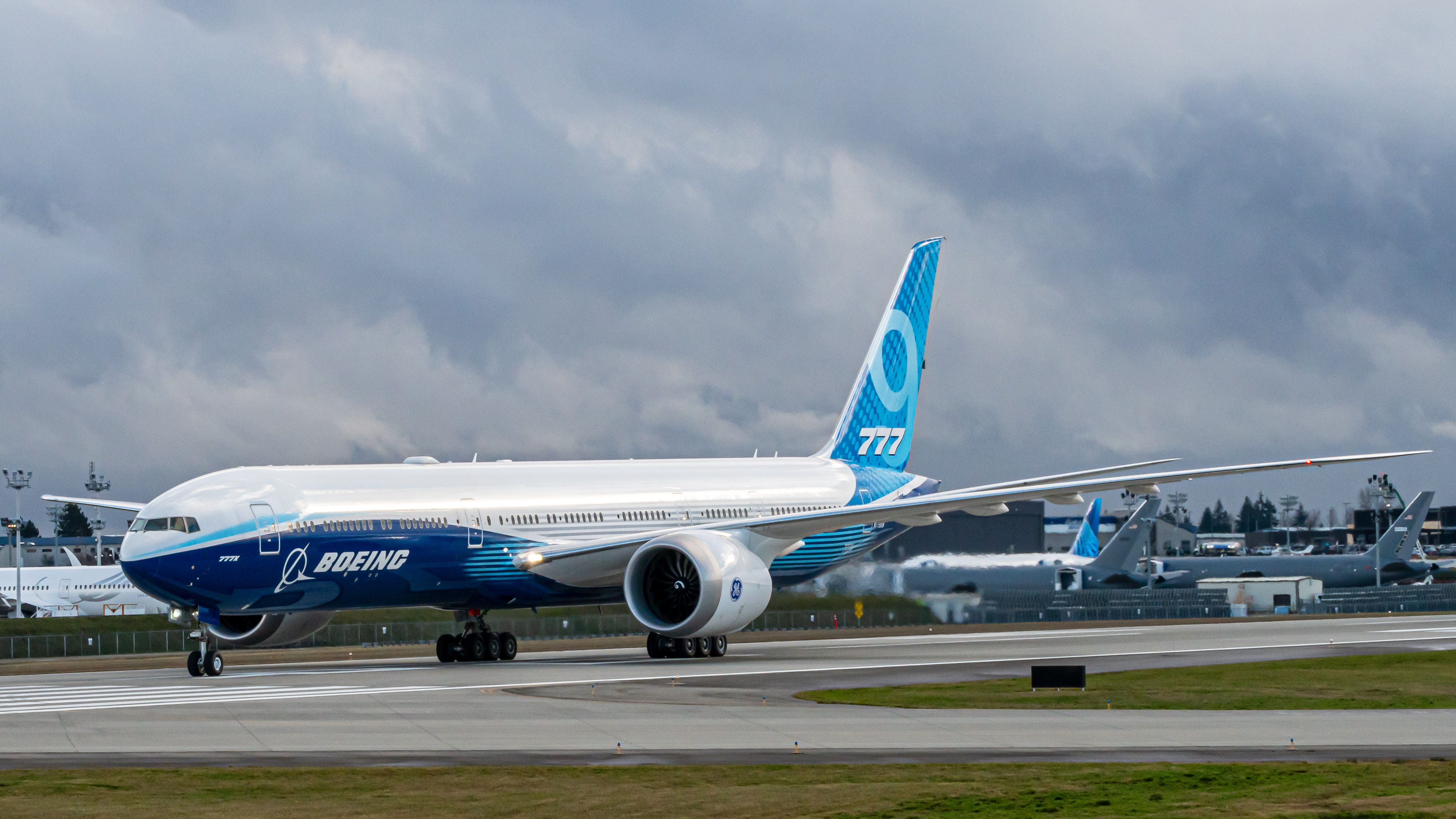The US Federal Aviation Administration (FAA) has proposed a new rule that will require improved fuel efficiency for turboprop and jet aircraft built after January 1, 2028. The overall goal of the rule is clear - to address climate change.
The new rule's objective
For the US Transportation Secretary, Pete Buttigieg, the rule...
...is an important step forward in reducing the amount of greenhouse gas emissions released by our nation’s airplanes and ultimately reaching President Biden’s ambitious goal of net-zero emissions by 2050.
A review of the rule's summary shows that the rule is meant to implement in the United States international standards. Furthermore, according to the FAA's statement, "Civil aircraft ... were responsible for 10 percent of domestic transportation emissions and three percent of total U.S. greenhouse gas emissions prior to the pandemic."
Civil aircraft may only be three percent of total US emissions, but the statement also makes clear the rule is to ensure that American-built aircraft and engines can continue to fly globally with new United Nations’ International Civil Aviation Organization (ICAO) aircraft emission regulations.
The rule also complements, again according to the aforementioned FAA statement, over $100 million of research grants to help aircraft and engine manufacturers innovate more efficient aircraft with less pollution from both emissions and noise pollution.
Discover more aviation news here
Aircraft covered under the new rule
Aircraft covered under the new rule include the 777-9 pictured above, the Airbus A330neo, and any new builds of the de Haviland of Canada Dash-8-400 + ATR 72-600 designs. These new builds will have to be more fuel-efficient as their Fuel Efficiency Metric (FEM) is being modified.
New large aircraft that have new type certificates applied for after November 1st. 2021 are very much going to be covered by this rule. Small aircraft built after January 1st, 2023 will be covered also.
Have feedback to give the FAA?
You have until August 15, 2022, to comment electronically on the proposed rule to the FAA.
The FAA is looking for comments "Relating to the economic, environmental, energy, or federalism impacts that might result from adopting the proposals in this document. The most helpful comments reference a specific portion of the proposal, explain the reason for any recommended change, and include supporting data."
Stay informed: Sign up for our daily and weekly aviation news digests.
Environmental goals
The FAA is working to build a net-zero sustainable aviation ecosystem by 2050. The agency has shared that it is determined to delivering a cleaner, quieter, and more sustainable aviation scene. Plans include factors involving fuel, technology, flight operations, airports, and noise.
Thus, this initiative is part of a far broader strategy of the government agency. It is also play a part in the joint goals of several stakeholders across the global aviation industry.
What are your thoughts about the FAA's proposals? What feedback would you give the group amid its initiatives and the plan to introduce a new rule? Let us know what you think of the overall situation in the comment section.



